
These environmental effects are visually impressive and excellent fun to experiment with. More importantly, they stop you from always using the same tactics in a fight. Your enemies have access to similar powers, and battlefields will be subject to different weather or environmental effects. All of this forces you to adapt to and take advantage of varied and dynamic combat scenarios. And of course, it’s great fun to use with Original Sin’s cooperative roleplaying option, giving your partner access to one set of powers which can be used to complement your own.
The cooperative roleplaying was fairly heavily touted by Original Sin’s marketing, and in practice it works absolutely fine with the role-played conversations and the elemental combat. Yet aside from company, it doesn’t add any core appeal to the game that you won’t get on your own. This isn’t necessarily a positive or negative thing, it’s just worth noting that Original Sin happily accommodates cooperative play instead of being built specifically for it.
And this fits with Original Sin’s general intent. It’s a game that wants you to have fun in whatever way you like. Want to be an axe-wielding thief with lighting forking from his fingertips? Fine. Want to be a pyromaniac doctor Doolittle? Go right ahead! Unfortunately, although Original Sin wants you to be constantly enjoying yourself, a little too often it gets in the way of its own ability to provide that pleasure.
Original Sin’s biggest problem is that it pretends to be an open-world RPG when in fact it has a pretty specific path it wants you to follow. This can be seen in its approach to quest direction. Original Sin doesn’t want to lead you by the nose in terms of solving quests. It hardly ever leaves you map markers to show you where to go, nor does it provide hints in character dialogue or your quest journal. It wants you to explore and discover everything for yourself. The trouble is, explore the wrong way and you’ll be pummelled into dust by higher level enemies.
Consequently, “exploration” in Original Sin amounts to prodding an electrified perimeter fence, searching for a section where your fingers don’t get fried. It’s frustrating and time-consuming where it really needs to be fairly efficient, because Original Sin is already a big game, easily between 40 and 60 hours of play. And Original Sin slows things down even further in other ways. Inventory management is fiddlier than unpicking knots in a violin's strings, and the bartering system is painfully slow. There’s simply too much time given over to managing your party and figuring out where you need to go to progress, to the point where it’s entirely possible to play the game for an hour and be no further into the story than when you started.
It’s this failure to respect the player’s time that prevents Original Sin from being the full on classic I so desperately wish it was. Whenever it has you doing something, Original Sin is an absolutely brilliant game, the best RPG since, oh good grief, probably the last Mass Effect. But when a game demands this much time from the player, it needs to ensure it’s making full and complete use of it, and the lack of streamlining in navigation and party management prevents Original Sin from achieving this.
The cooperative roleplaying was fairly heavily touted by Original Sin’s marketing, and in practice it works absolutely fine with the role-played conversations and the elemental combat. Yet aside from company, it doesn’t add any core appeal to the game that you won’t get on your own. This isn’t necessarily a positive or negative thing, it’s just worth noting that Original Sin happily accommodates cooperative play instead of being built specifically for it.
And this fits with Original Sin’s general intent. It’s a game that wants you to have fun in whatever way you like. Want to be an axe-wielding thief with lighting forking from his fingertips? Fine. Want to be a pyromaniac doctor Doolittle? Go right ahead! Unfortunately, although Original Sin wants you to be constantly enjoying yourself, a little too often it gets in the way of its own ability to provide that pleasure.
Original Sin’s biggest problem is that it pretends to be an open-world RPG when in fact it has a pretty specific path it wants you to follow. This can be seen in its approach to quest direction. Original Sin doesn’t want to lead you by the nose in terms of solving quests. It hardly ever leaves you map markers to show you where to go, nor does it provide hints in character dialogue or your quest journal. It wants you to explore and discover everything for yourself. The trouble is, explore the wrong way and you’ll be pummelled into dust by higher level enemies.
Consequently, “exploration” in Original Sin amounts to prodding an electrified perimeter fence, searching for a section where your fingers don’t get fried. It’s frustrating and time-consuming where it really needs to be fairly efficient, because Original Sin is already a big game, easily between 40 and 60 hours of play. And Original Sin slows things down even further in other ways. Inventory management is fiddlier than unpicking knots in a violin's strings, and the bartering system is painfully slow. There’s simply too much time given over to managing your party and figuring out where you need to go to progress, to the point where it’s entirely possible to play the game for an hour and be no further into the story than when you started.
It’s this failure to respect the player’s time that prevents Original Sin from being the full on classic I so desperately wish it was. Whenever it has you doing something, Original Sin is an absolutely brilliant game, the best RPG since, oh good grief, probably the last Mass Effect. But when a game demands this much time from the player, it needs to ensure it’s making full and complete use of it, and the lack of streamlining in navigation and party management prevents Original Sin from achieving this.
-
Overall86 / 100


MSI MPG Velox 100R Chassis Review
October 14 2021 | 15:04

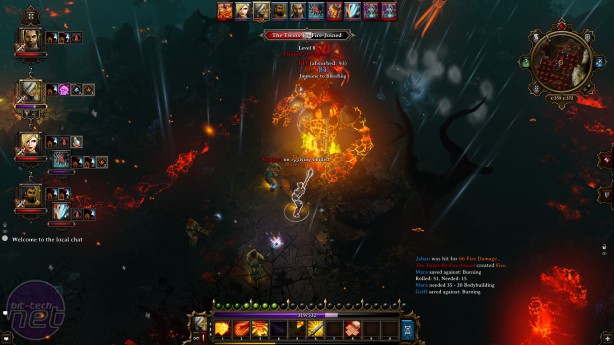
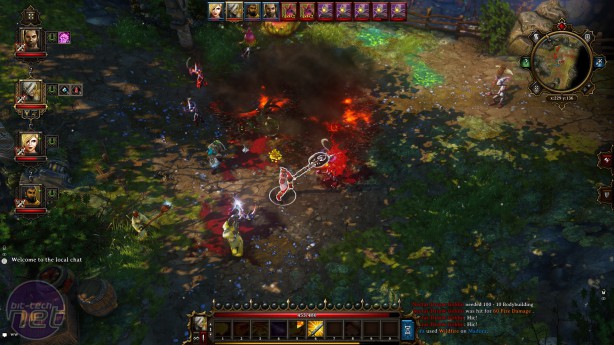

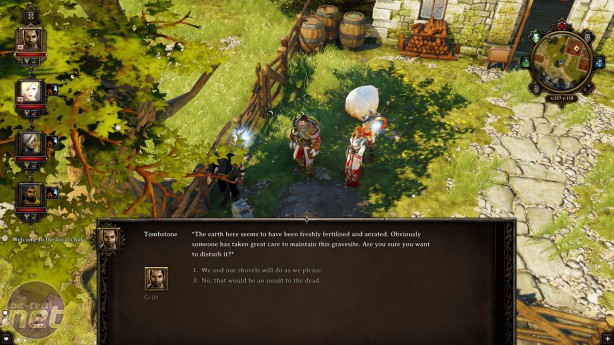
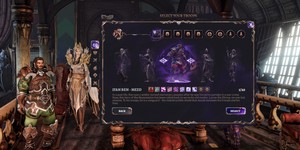

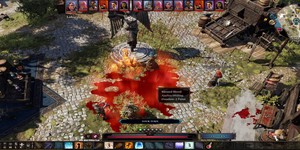





Want to comment? Please log in.